
One of the most photographed buildings in Lambourn after the Church was Riverside Cottage. The cottage is located at the exit of the small lake which is at the head of the River Lambourn and had two model lighthouses in the stream which runs in front of the cottage.

The Postmark date on the reverse of this postcard is 1910, but the photo was probably well before that date. Note the single dormer window, which seems to have been painted in rather than being glass.
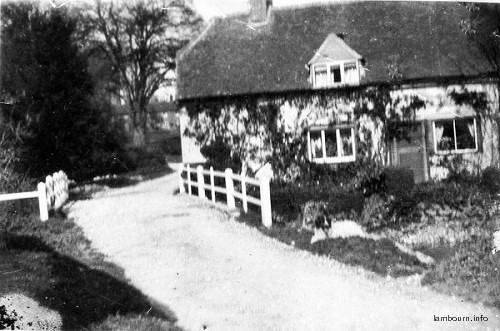
Riverside Cottage – Lambourn. According to the stone plaque on the side of the cottage it is dated 1779.
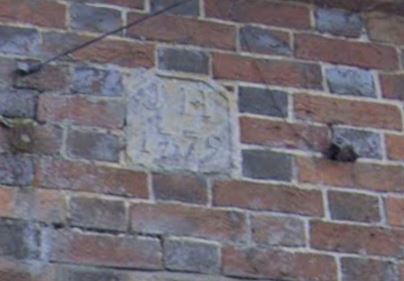
The single dormer window is now glazed and none of the windows are glazed in the previous Georgian pane style.
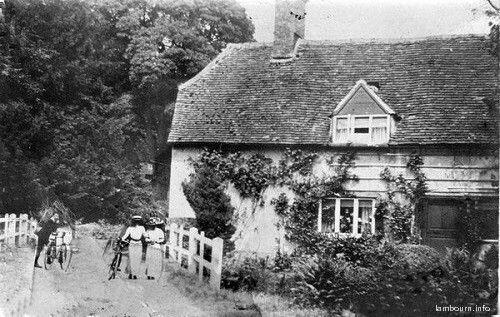
Date unknown, but the Edwardian style dress of the ladies suggests very early 1900s. The yew bush in the corner between the cottage and the bridge is a little taller than in the previous photo.
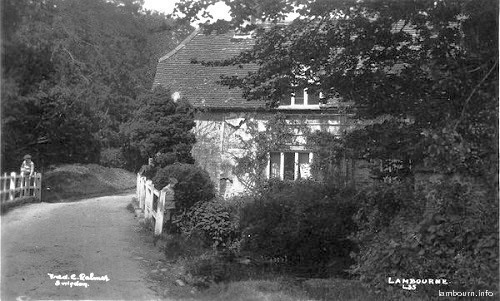
The exterior looks to be in a poor state. The postmark date on the reverse of this postcard is 1931, but the photo may be earlier. Phil and Alice Ford took ownership of the cottage in 1931, when Alice described it as having weeds growing through the floor. They set about turning it into a beautiful home.

Probably late 1930s. Restored, with a new front door and windows. The front garden and river bank have been tidied and the yew ‘bush’ by the bridge rails trimmed into a tree.The ‘extensions’ on either side of the timber framed section were both built in the 1700s when bricks showing the date were built into the walls.
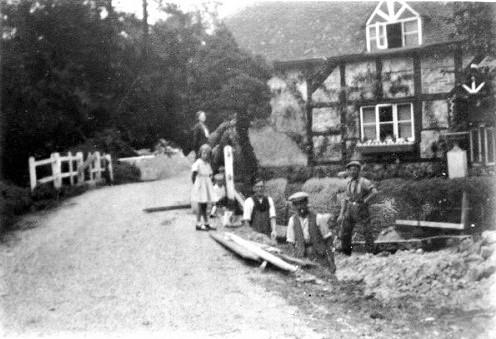
Repairing the timber bridge rails. The cottage now has a porch over its front door.
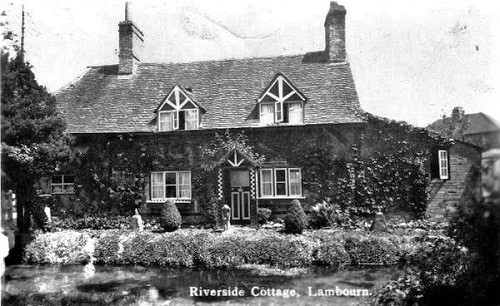
Date unknown. A second dormer window has been built and a window added in the front wall beside the road, and possibly the window on the far right


Electricity comes to Goose Green! (see poles on the opposite side of the road). The bridge is now metal and more robust.

The Riverside Cottage Lighthouse
Then Phil Ford built a lighthouse, a lifeboat station and air-sea rescue station in the river. The lighthouse had a working light. Sometimes Phil’s collection of model aircraft was set out on the grassed area on the bank opposite the cottage.
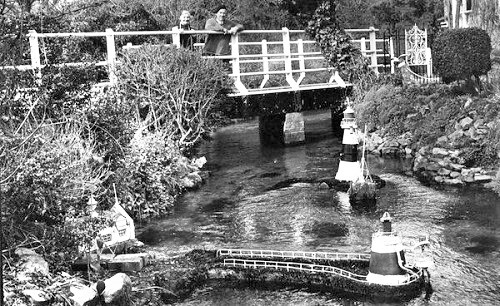
The working lighthouse and lifeboat station built by Phil Ford. Phil and Alice are on the bridge in this photo. Phil was a blacksmith and made the wrought iron gates of the cottage.
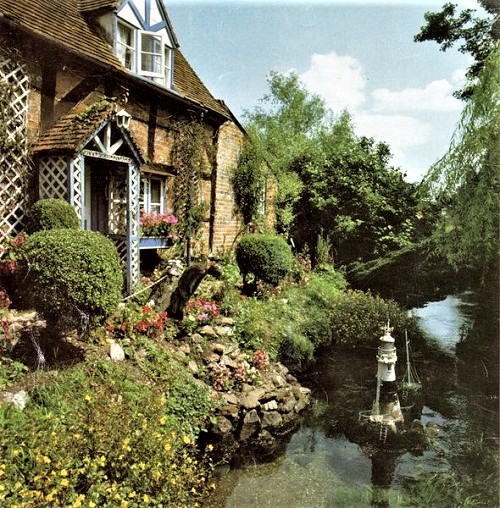
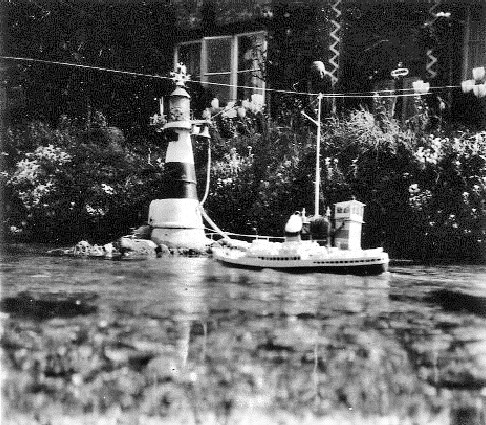

Lighthouse, Jetty and Lifeboat Station built by Phil Ford in the river outside his front door.

Jetty and Lifeboat model
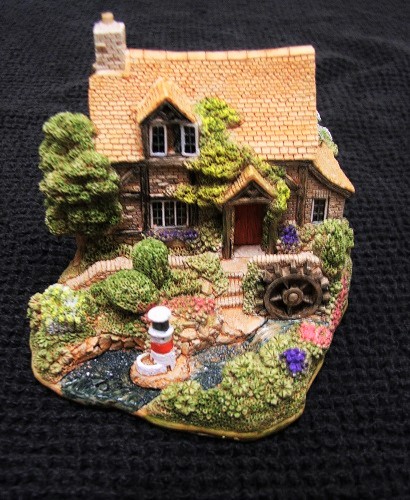
Riverside Cottage was produced by Lilliput Lane Miniatures but sold as ‘The Little Lighthouse’

Lilliput Lane is known worldwide for its miniature cottages, made famous for their fine detail, unmatched quality and authenticity. From chocolate box cottages to homes of the famous and buildings of historical importance, all aspects of the vernacular map of the British Isles are included in the product range.
The first Lilliput Lane cottages were introduced in 1982 and they immediately impressed with their authenticity and attention to detail. From then on, whether recreating the intricate thatch motifs decorating the roofs of traditional country cottages, capturing the majesty of Buckingham Palace, or reflecting the sacred character of the smallest church, the Lilliput creative team of sculptors, designers and artists have delighted collectors with their miniature designs. With their fascinating insights into many aspects of Britain’s heritage, the cottages evoke nostalgia for bygone times.
Sadly the lighthouse is no longer there but we live in hope that one day it will be restored to its former beauty
We would like to thank Phil and Alice Ford’s niece, Nova Jones for allowing us to use some of her photographs.
Liz Beard 2013
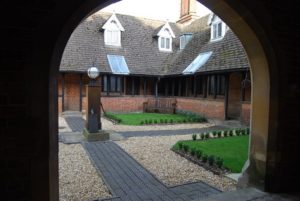

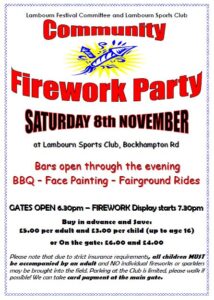
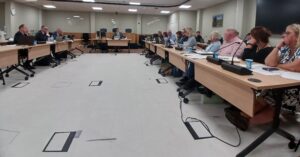

The Edwardian ladies look superimposed on the image, the proportions of human – house do not tally up for a photo taken from life. Very interesting that they felt the need to add figures, and that it did not matter that they were not life sized, and to see that technique!
Dress is indeed suggesting an early 1900s date.
Thank you for collecting all these wonderful images!
You state that Riverside Cottage’s date is unknown – this is not so! It was built by my ancestor and his initials an d the date are given on a stone set into the side of the building facing the lane. My many-times grandmother Mary Gilman, whose grave and headstone are in the front burial section of the Parish Church on your right facing the church, refers to it’s builder in her Will, a copy of which is in my possession.
My ancestors were the village bakers, and my wife and I were invited, some years ago by the then owner, to tea in the Cottage, which contains a large baker’s oven set into the inside wall, which confirms the baker background.
Some years ago the Lighthouse was known for being the only inshore lighthouse in the British Isles, but I’m afraid I’m unable to quote the source of this statement. I have one of the Lilliput Lane models in my possession, together with a list of the earliest occupants of the Cottage. The Gilman family are shown in the Lambourn Parish records as far back as the beginning of these in the mid- 1500s..
Hello James, nice to hear from you and thank you for the information regarding the age of the cottage. I did infact go on to Google map of Lambourn, ‘walked’ around to the cottage and sure enough, at the top of the cottage is a stone plaque which says
‘JH 1779’ I will, of course, change the text and add a photo of the plaque.
Like you, I too have the Lilliput model of the cottage. Thanks again James. Liz